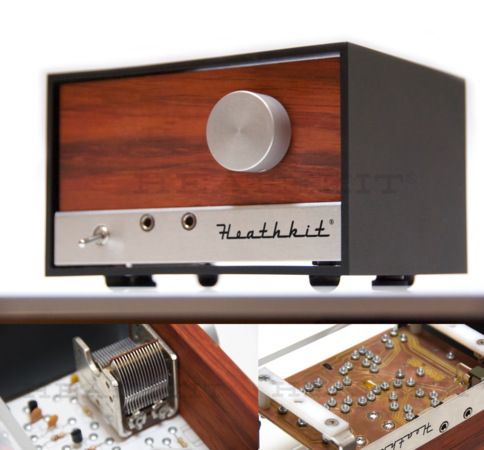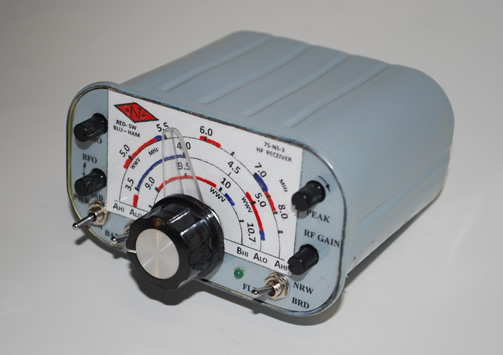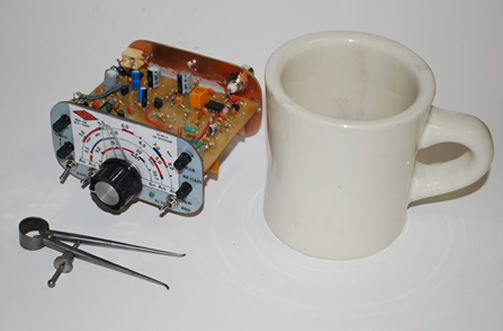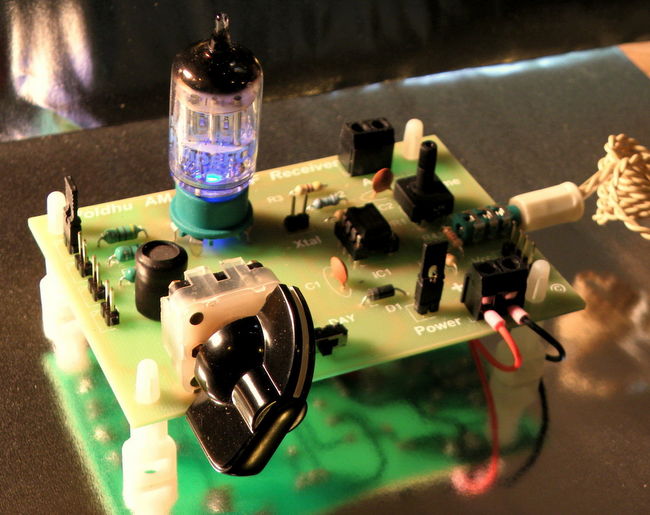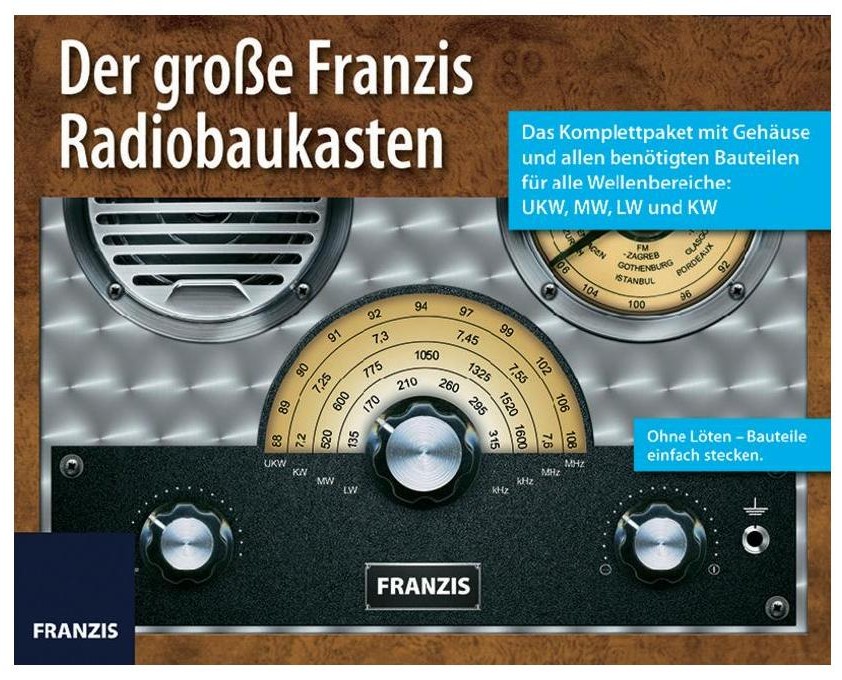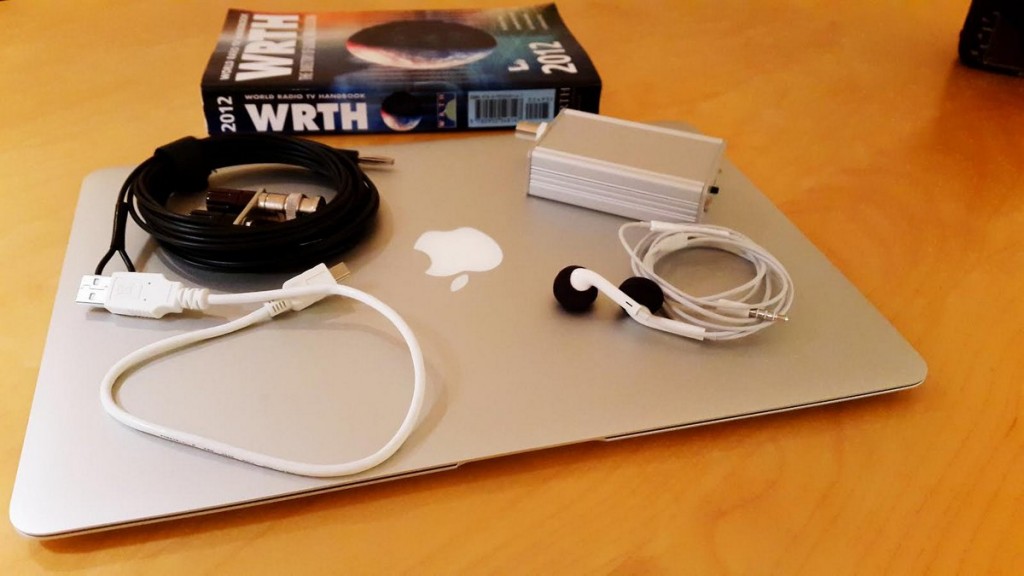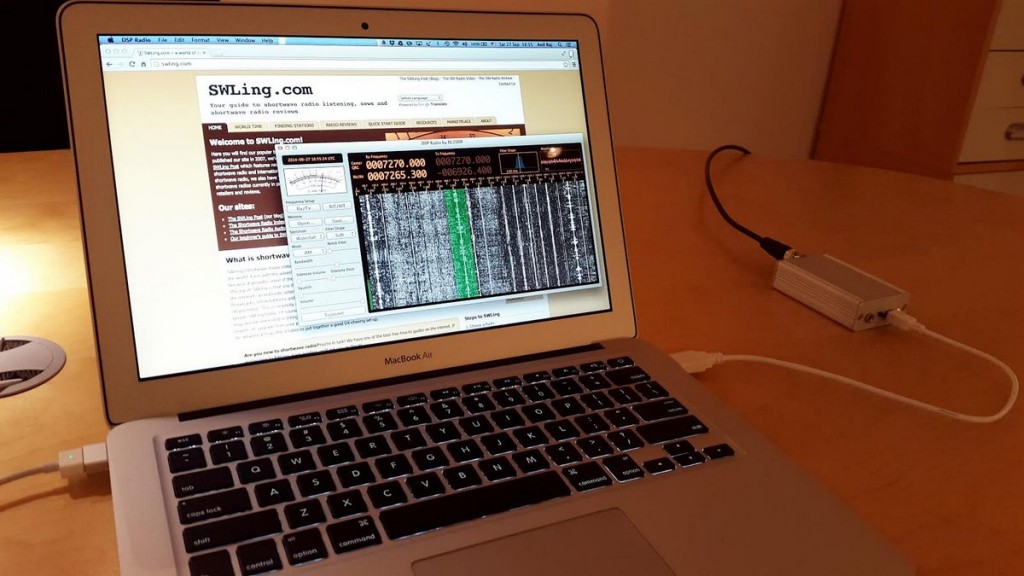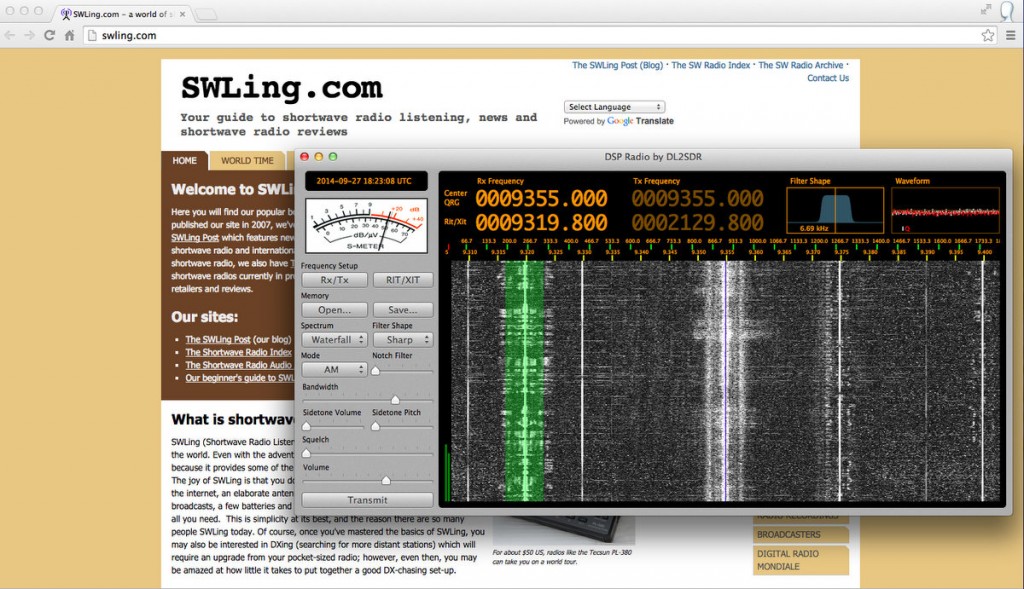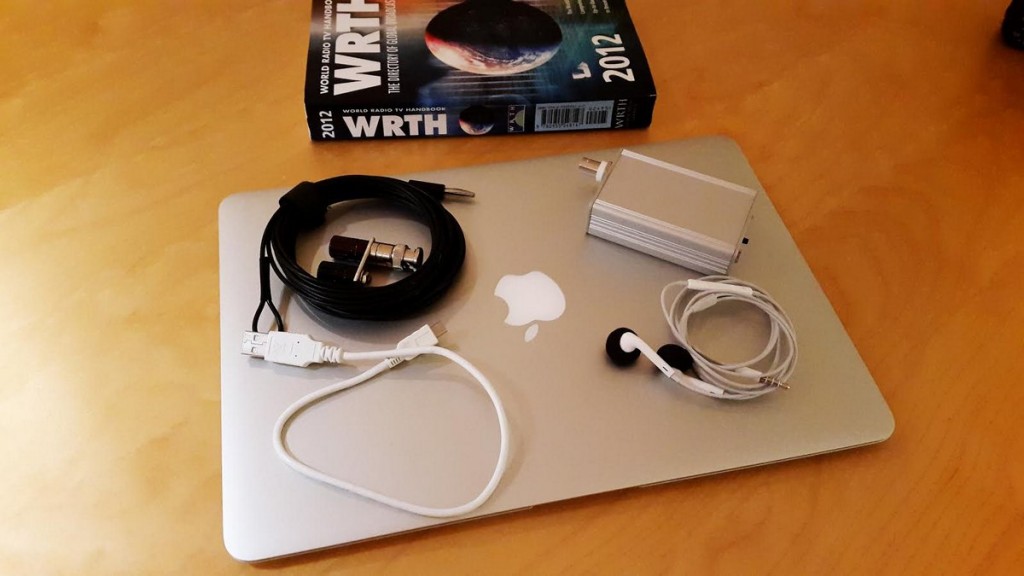Yes, the legendary Heathkit company is back and their first kit is a simple Tuned Radio Frequency (TRF) AM/mediumwave analog receiver: the Explorer Jr.
I knew Heathkit was back in business and under new management, but hadn’t heard any updates as of late. Their president, Andy, just sent a message to the “Heathkit Insiders” group explaining what the team has been up to:
“We’ve designed and developed a wide range of entirely new kit products. We authored the manuals for these kits, complete with the beautiful line art you rely on, preserving and respecting our iconic historic Heathkit style. We developed many new inventions and filed patents on them. We relocated Heathkit, and set up a factory, and a warehouse, and offices, in Santa Cruz, California, near Silicon Valley. We built the back office infrastructure, vendor and supply chain relationships, systems, procedures, operations methods, and well-thought-out corporate structure that a manufacturing company needs to support its customers, to allow us to scale instantly the day we resume major kit sales. All this effort enables us to introduce a fleet of new kits and helps ensure Heathkit can grow, prosper, and continue to bring you great new products for a very long time.”
The Insiders’ message goes into much more detail–I would encourage you to contact Heathkit about joining this group.
The big news in this message was the launch announcement of the Explorer Jr. kit which can be ordered from their website now. The price is $149.95 plus shipping. Heathkit anticipates a 30-day shipping time for the first set of orders.
Here’s a description of the kit from their website:
A Radio Kit Whose Time Has Come.
Again.
When Heath started designing & selling do-it-yourself airplane kits shortly after the Great War, the state-of-the-art in radio was the Tuned Radio Frequency (TRF) design.
A TRF radio was a great deal. If you had a great deal of money. A TRF receiver became a fixture in the homes of families around the world, receiving the news and music AM broadcasts of the day. A family AM radio was a big investment — $100 to $625 in 1929 dollars. (With inflation, that’s $1,400 to $8,700 in today’s dollars.) Of course, at that price radios also were beautiful. They were made of fine wood, and designed to last. Radios were a visible and attractive furnishing you could be proud to have in your living room or parlor.
Heathkit’s TRF radio is a great deal. And a great deal of radio. This Explorer Jr TM radio is modeled on the original TRF designs, but better. You get to build it yourself. It’s safe and simple enough for beginners to assemble and understand. But it receives AM broadcast stations with performance superior to the vintage radios of 1930.
With the number of Heathkit enthusiasts out there, I suspect this first run of kits won’t last long. The kit trim is available in six colors: Silver, Cranberry, Cucumber Green, Plum Pie, Sapphire Blue, and Tangerine.
Click here to view and order the Explorer Jr on Heathkit’s webstore.

